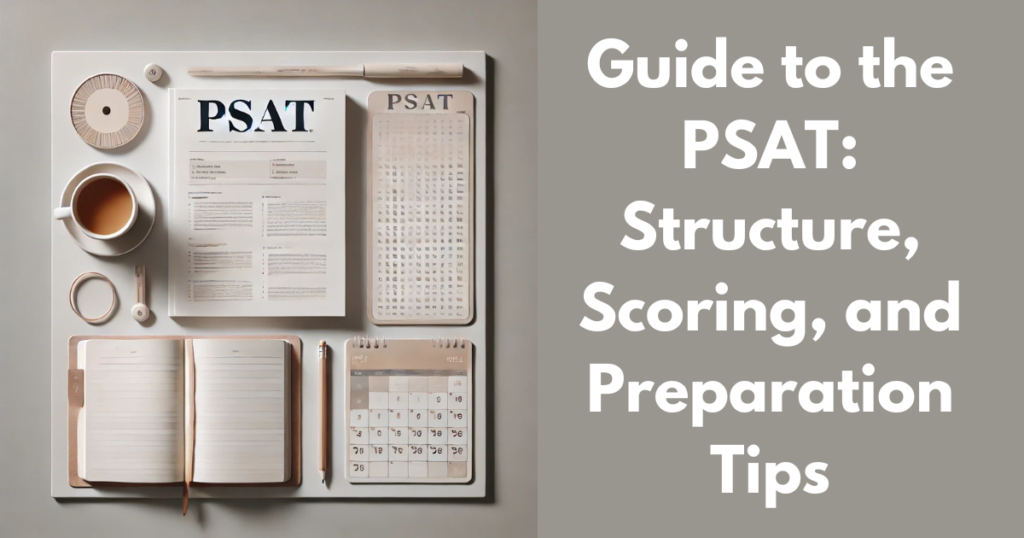What is PSAT?
High school students who seek college acceptance find the PSAT, often called the Preliminary SAT, to be a very important stepping stone. Though sometimes seen as a practice test for the SAT, this is much more significant than basic preparation.
The PSAT is a useful evaluation instrument that gives students insights into their academic strengths and weak points, thus helping them better know what to expect in college-level courses and the SAT.
The PSAT seeks mostly to assess a student’s readiness for the rigors of college. The test lets students assess their level of competence in these fundamentals by analyzing writing, math, and critical reading abilities.
Being aware of oneself is absolutely necessary since it lets students customize their study schedules, look for more resources, and improve their academic abilities before the SAT or college change.
Understanding the Test Structure and Scoring
- Evidence-Based Reading: This section is evidence-based reading, and is split over two parts covering 47 questions and giving 60 minutes for testing. Here you will find many reading passages from natural sciences, historical texts, literary works, and social studies.
- Writing Section: Following the reading section, there comes the writing and language subsection, which comprises 44 questions with a time limit of 35 minutes. Your ability to revise and edit texts, which is a crucial talent for success in both profession and college, is the focus here.
- Mathematics: The Math segment splits into two halves, one where a calculator can be used and the other where it cannot. It Includes 47 questions and 70 minutes total time to finish this entire section. You will face a mix of problem-solving and data analysis questions as well as inquiries demanding a more thorough understanding of ideas in algebra and geometry. While the calculator segment enables more sophisticated computations, the calculator component measures your capacity to solve issues using mental math and logical reasoning.
Scoring: Scores from evidence-based reading, writing and language, and math, all are added to your final grade. Each section has a total score of 160 to 760 and a cumulative score of 480 to 1520. Your mathematics score is determined separately; the scores from the reading and writing sections are combined to arrive at your evidence-based reading and writing (EBRW) score.
Along with the general scores, you will get several subscores that give even more clarity on your performance. Within the Math section, for instance, subscores will draw attention to your competence in subjects including Heart of Algebra, Problem Solving and Data Analysis, and Passport to Advanced Math. A thorough study can help you develop particular abilities that could need attention before the SAT.
Essential Preparation Strategies for the PSAT
- Familiarize yourself with the test format, as the PSAT has four segments: Evidence-based reading, Writing and Language, and Math. Every chapter has its own distinctive format and kinds of problems which should be practised regularly.
- Plan a study program: Effective preparation depends on regular maintenance and thorough dedication. Dedicate time every week toward final exam preparation. Focus on one segment at a day and split your study sessions into small pieces.
- Practice Time Management: Because the PSAT is a timed examination, getting under timed conditions is absolutely vital. Employ a stopwatch to imitate test circumstances in your training sessions.
Rely on getting the finest PSAT guidance available in India by Eduquest through their outstanding preparation program specifically designed for eager candidates to achieve flawless PSAT scores. Get a thorough online course preview by signing up right away on the website.













